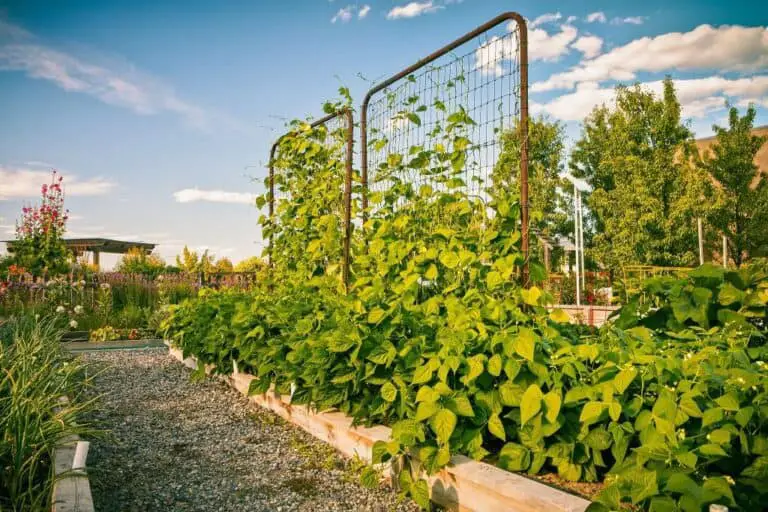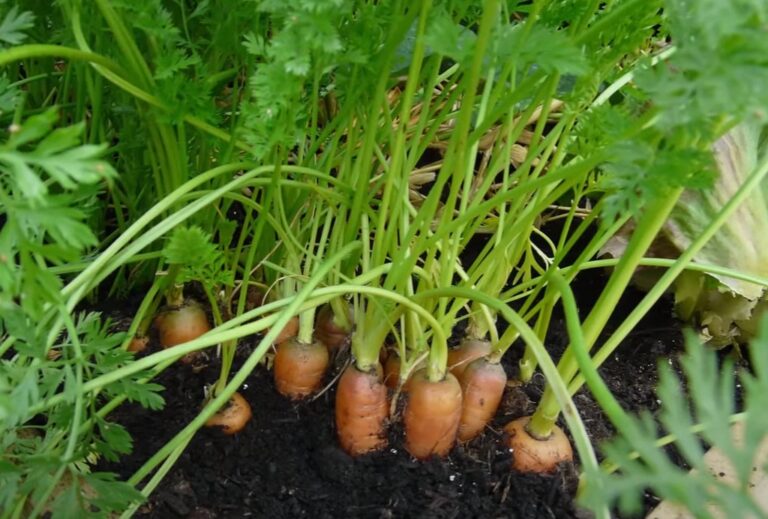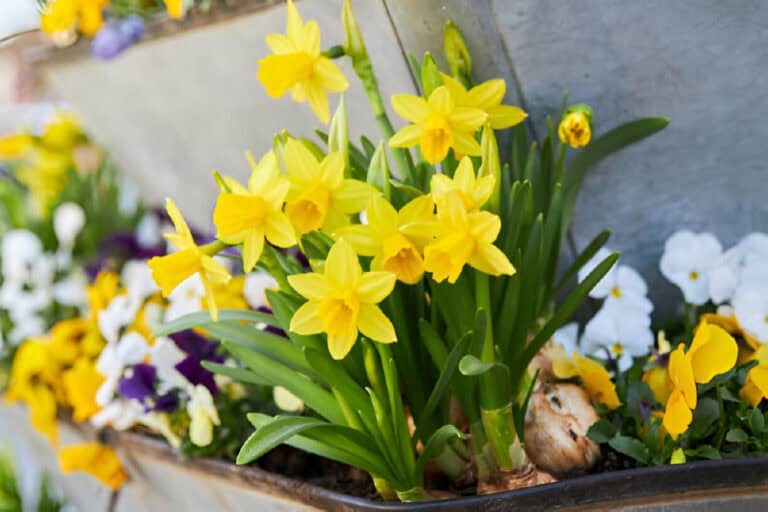Why Is White Asparagus So Expensive and How to Grow It?
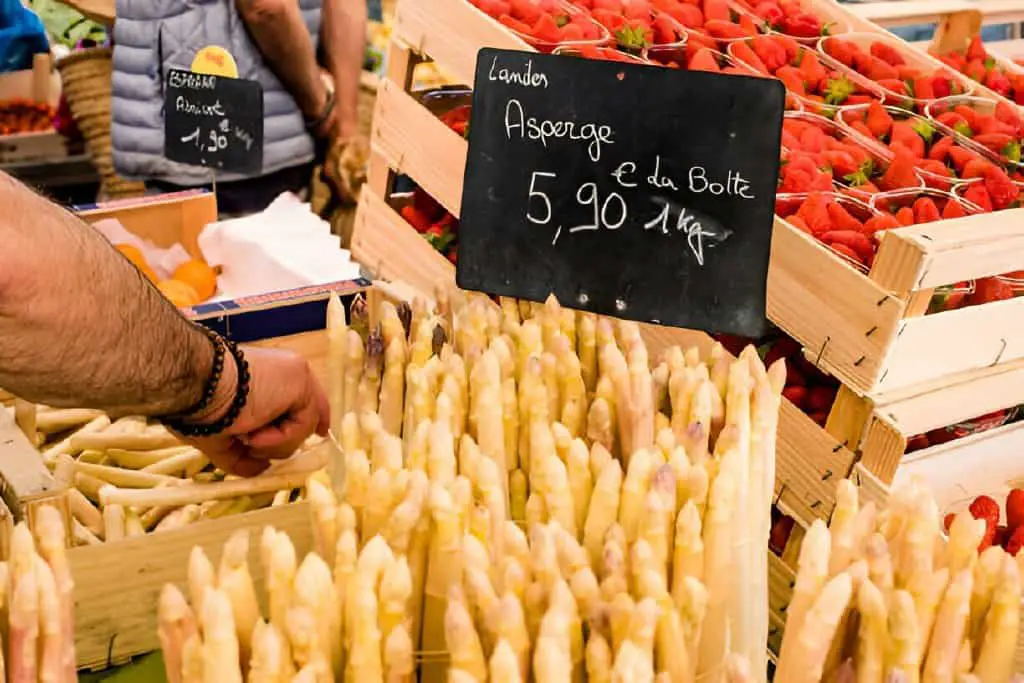
White asparagus, often referred to as “edible ivory,” is a prized delicacy in many cuisines around the world. Its unique flavor and texture set it apart from its green counterpart, but these qualities come at a premium.
Its delicate flavor and tender texture have earned it a place on the tables of fine dining establishments around the world. But why does this elegant vegetable come with such a hefty price tag?
The answer lies in its unique cultivation process, shrouded in mystery and meticulous care. Join us on a journey to uncover the secrets behind the allure of white asparagus. We will explore its hidden growth underground and the fine dining experience it offers.
Why Is White Asparagus So Expensive?
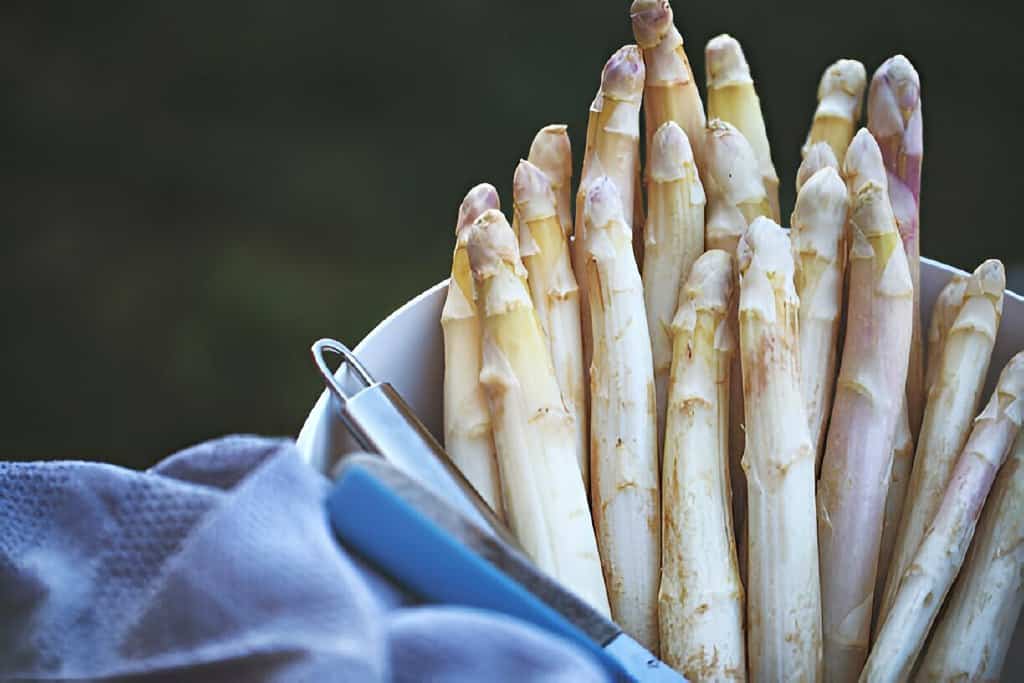
Labor-Intensive Cultivation
One of the primary reasons for the high cost of white asparagus is the labor-intensive process required to grow it. Green asparagus is grown above ground. In contrast, white asparagus is grown in darkness to prevent photosynthesis. This is what keeps the stalks white.
This involves mounding soil over the asparagus spears as they grow, a practice known as blanching. Workers must tend to the fields often. They add more soil as the stalks grow. They carefully harvest the stalks by hand to avoid damage.
Limited Growing Season
White asparagus has a short growing season, typically lasting only a few weeks in the spring. This limited availability adds to its exclusivity and drives up the price. Farmers must be diligent in their timing, as harvesting too early or too late can affect the quality of the spears.
Specialized Farming Techniques
The cultivation of white asparagus requires specific farming techniques and expertise. Farmers must prepare the soil meticulously, ensuring it is well-drained and rich in nutrients. They also need to use specialized equipment for hilling the soil and for the delicate process of harvesting the spears. This specialized knowledge and equipment contribute to the overall cost of production.
Supply and Demand Dynamics
Many European countries, like Germany and France, have high demand for white asparagus. This, along with its limited supply, further drives up the price. During the peak season, it is a sought-after ingredient in gourmet restaurants and homes. This makes it a premium product in the market.
| Related: Does Asparagus Multiply and Spread on Its Own? |
How to Grow White Asparagus
Growing white asparagus can be rewarding. Home gardeners must be willing to invest the time and effort. Here’s a step-by-step guide to help you cultivate this gourmet vegetable in your own backyard.
Step1: Preparing the Soil
- Choose the Right Location: Select a sunny spot in your garden with well-drained soil. White asparagus thrives in sandy or loamy soil with a pH between 6.5 and 7.5.
- Amend the Soil: Before planting, enrich the soil with organic matter such as compost or well-rotted manure. This will provide the necessary nutrients for the asparagus crowns to establish and grow.
Step 2: Planting the Crowns
- Purchase Quality Crowns: Obtain high-quality asparagus crowns from a reputable nursery. It’s best to choose one-year-old crowns for a successful start.
- Planting Depth and Spacing: Dig trenches that are about 8 inches deep and 12-18 inches apart. Place the crowns in the trenches with the roots spreadout,t and cover them with 2-3 inches of soil.
- Initial Care:First, water the newly planted crowns a lot. Then, keep watering to keep the soil moist, but not waterlogged.
Step 3: Blanching Process
- Mounding Soil: As the asparagus spears begin to emerge, start mounding soil over them to block sunlight. This prevents photosynthesis, keeping the spears white.
- Consistent Maintenance: Continue to add soil as the spears grow, maintaining a consistent mound height. This process requires regular attention and careful handling.
Step 4: Harvesting
- Timing: Harvesting should begin in the third year after planting, allowing the crowns to establish strong root systems. The harvesting season lasts for about 6-8 weeks in spring.
- Careful Harvesting: Use a sharp knife or asparagus cutter to harvest the spears when they are about 8-10 inches long. Cut just below the soil surface, being careful not to damage nearby spears.
Step 5: Post-Harvest Care
- Soil Maintenance: After the harvest season, remove the soil mounds and let the ferns grow. These ferns are crucial for photosynthesis, helping the crowns store energy for the next season.
- Fertilization and Watering: Keep fertilizing and watering the plants. Do this throughout the growing season. It will ensure healthy crown growth.
Common Challenges and Solutions
- Pest Control: White asparagus can be susceptible to pests like asparagus beetles. Regular monitoring and using organic pest control methods can help manage infestations.
- Disease Management: Fusarium wilt and rust are common diseases affecting asparagus. Ensure good air flow. Avoid over-watering. Practice crop rotation to cut disease risks.
Tips for Success
- Patience is Key: Growing white asparagus requires patience, as the first harvest is typically in the third year. However, the reward of fresh, home-grown white asparagus is well worth the wait.
- Consistent Care: Consistent care is key. It includes watering, fertilizing, and mounding soil. It is essential for a successful harvest.
- Proper Harvesting Techniques: Harvest carefully and on time. This ensures high-quality spears and keeps the crowns healthy for future seasons.
Is White Asparagus Better Than Green Asparagus?
The debate is about whether white asparagus is better than green asparagus. It is mostly subjective and influenced by taste and culture. Both varieties have unique characteristics and uses. But, differences in taste, texture, and preparation can sway opinions on which is superior.
White asparagus is often described as having a milder flavor, which some people find more appealing due to its delicate taste. It is also considered more tender and sweet, which can make it a popular choice for certain dishes. However, white asparagus lacks chlorophyll. So, it lacks the same nutrients as green asparagus. Green asparagus is richer in vitamins B and C, calcium, potassium, beta-carotene, and folic acid.
On the other hand, green asparagus is known for its grassy flavor and is often preferred for its earthier taste. It is also more common and cheaper than white asparagus. White asparagus is often imported from Europe and South Africa.
Green asparagus is also more versatile in its preparation methods, as it can be cooked al dente and used in a variety of dishes, from sautéing to roasting.
Ultimately, white asparagus is better than green asparagus for some people. It all depends on their tastes and how they will use it. White asparagus offers a unique taste and texture. But, green asparagus has a stronger flavor and more nutrients.
Conclusion
White asparagus is a gourmet vegetable. It justifies its high price through hard cultivation. It is limited and in high demand. Growing your own asparagus can be a fulfilling project, providing you with fresh, delicious spears for years to come.
With the right prep, care, and patience, you can enjoy this great vegetable from your garden. You can savor its unique flavor and many health benefits. Whether enjoyed in classic dishes or creative culinary creations, white asparagus is a true delicacy worth the effort.

